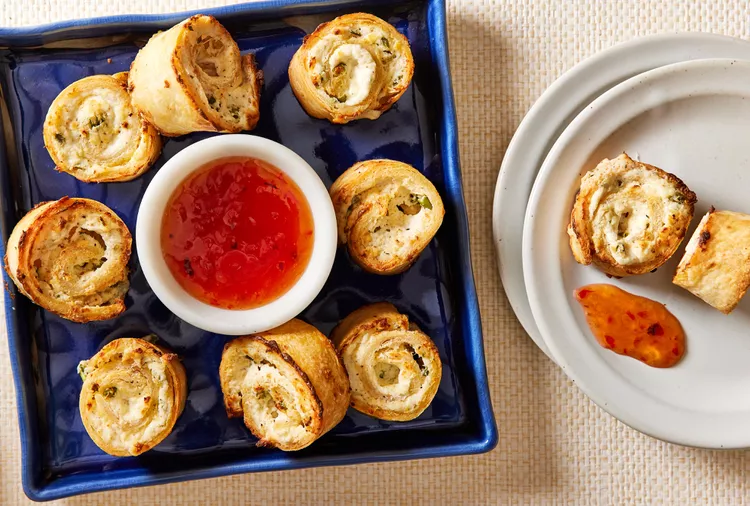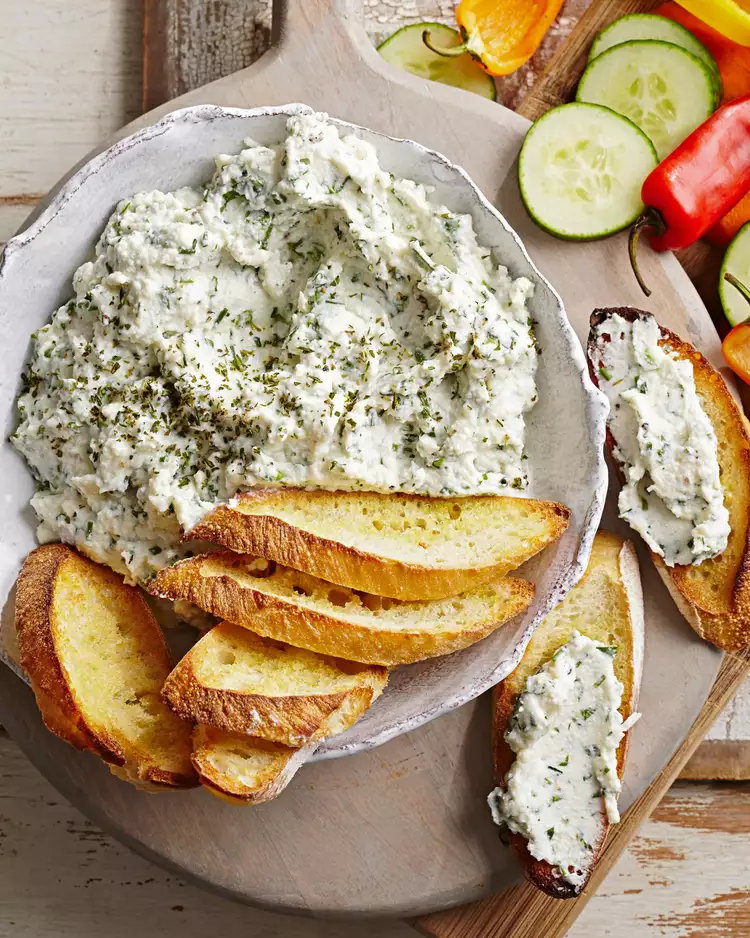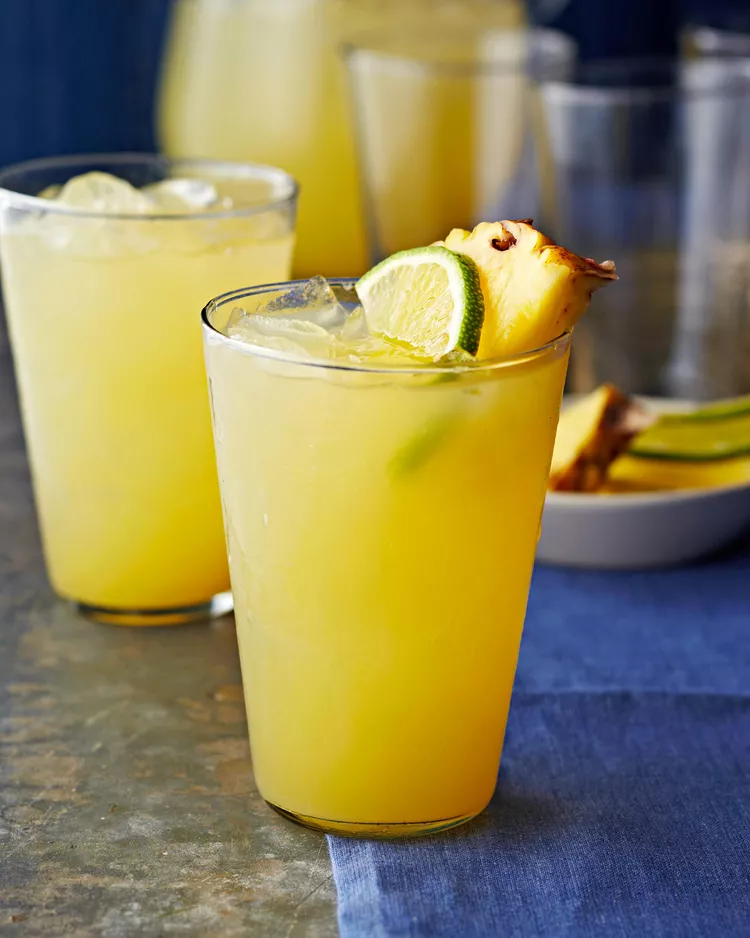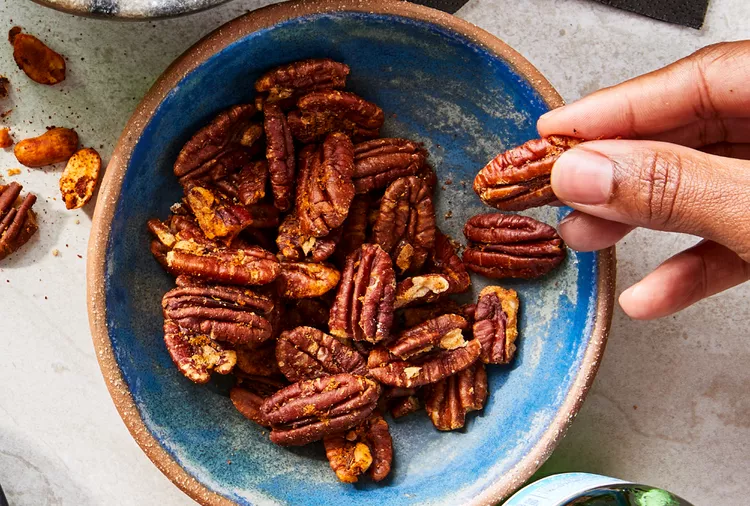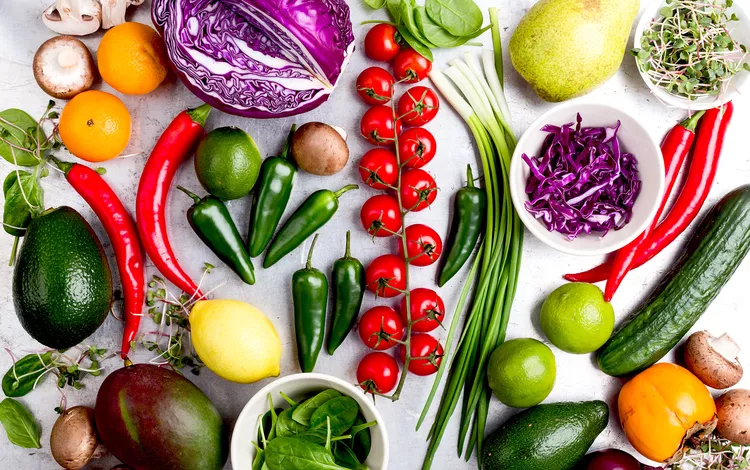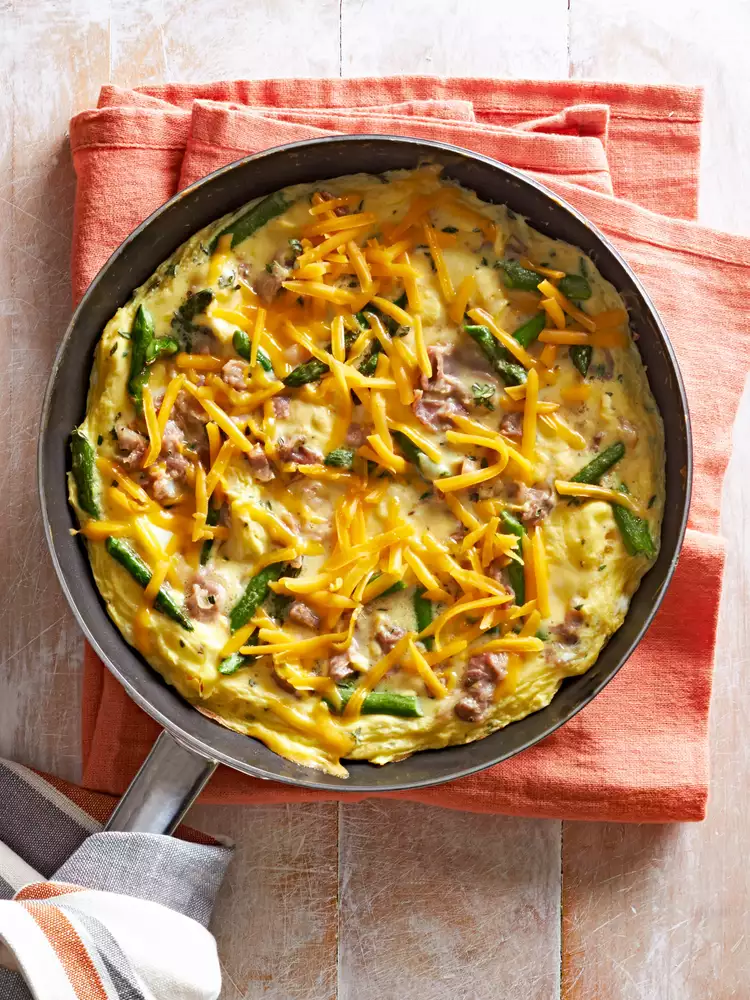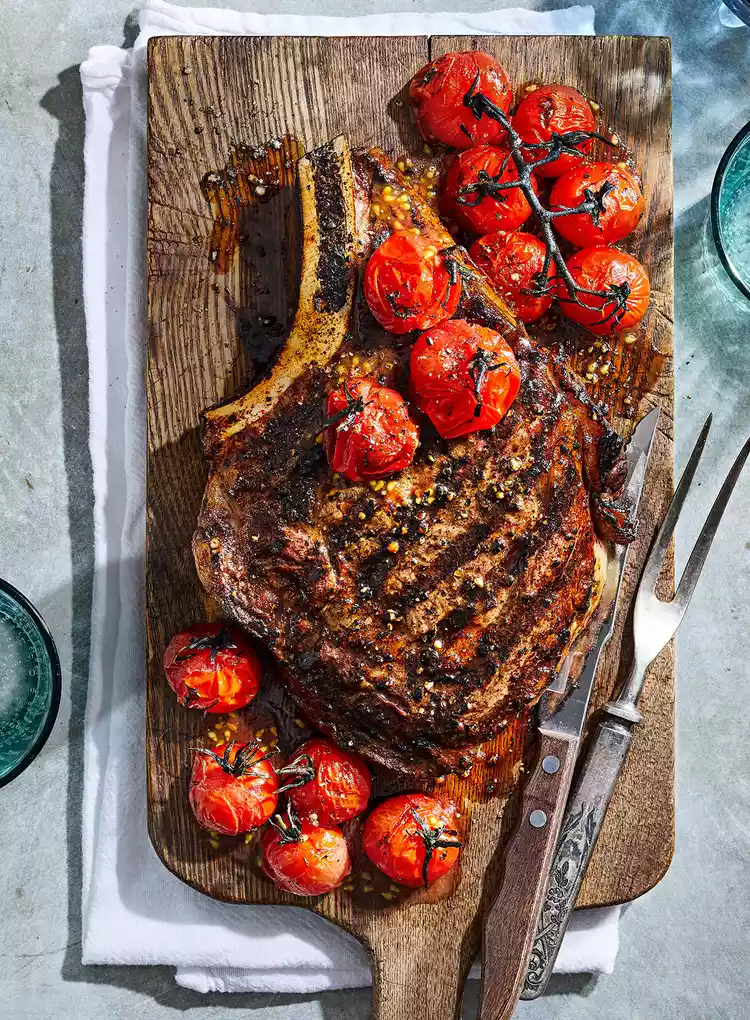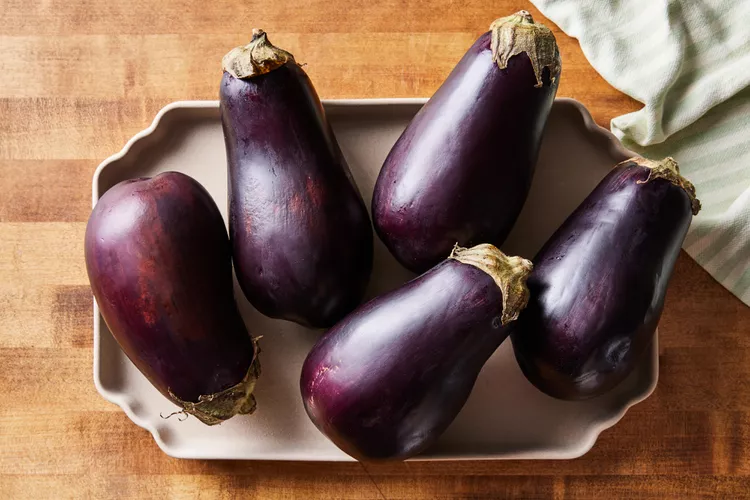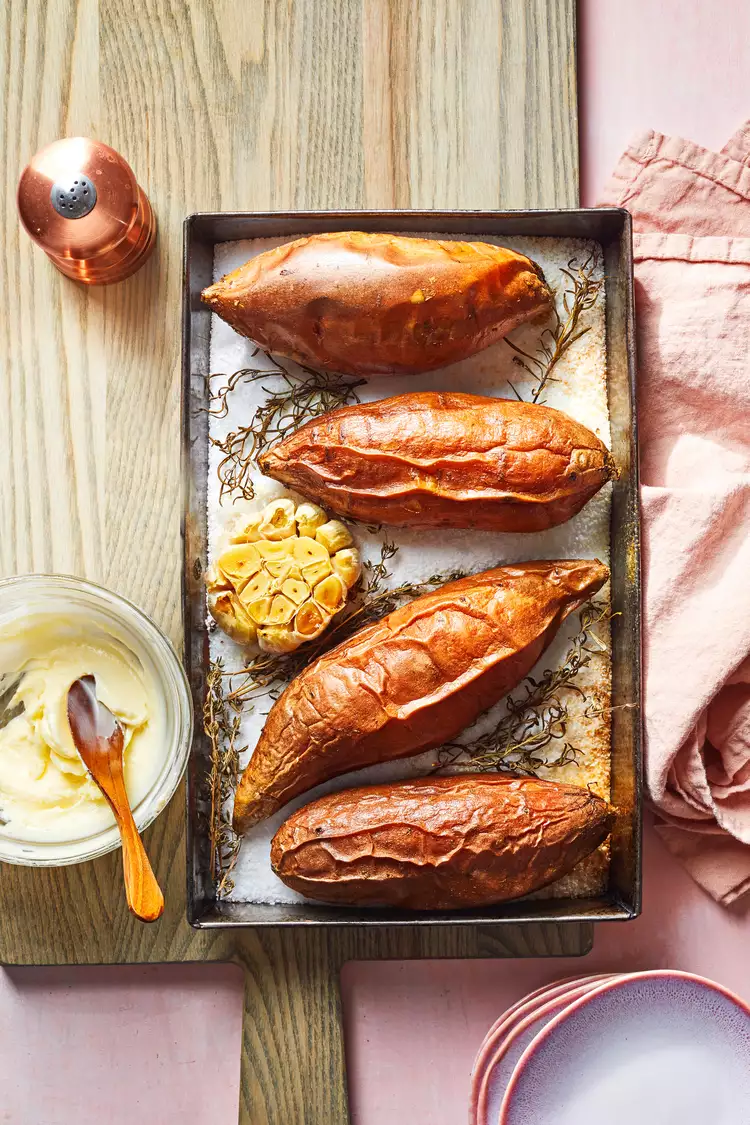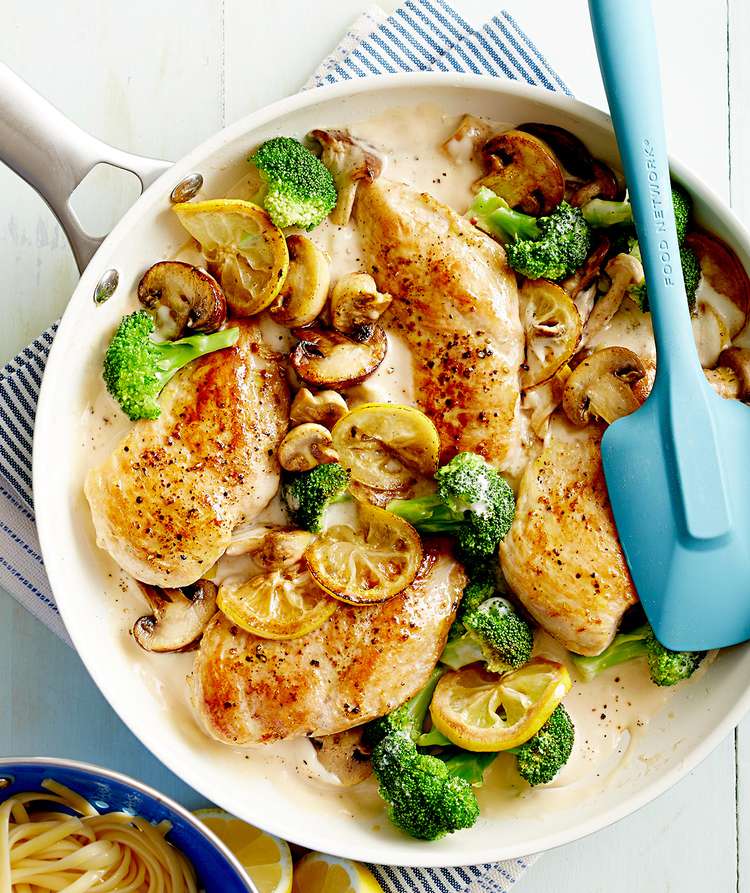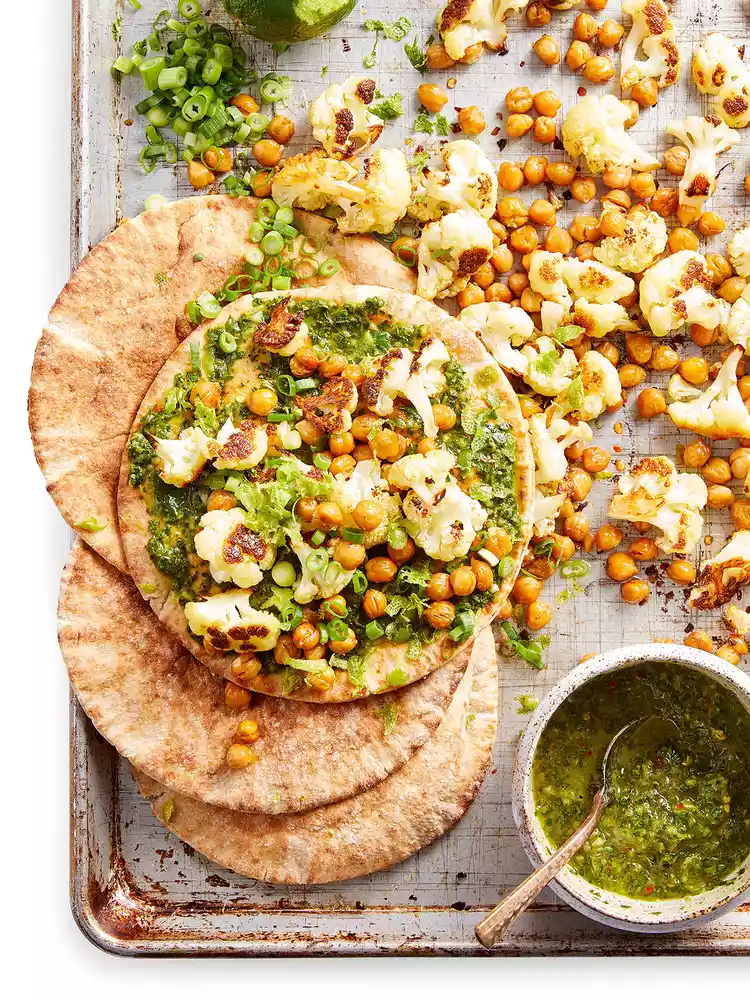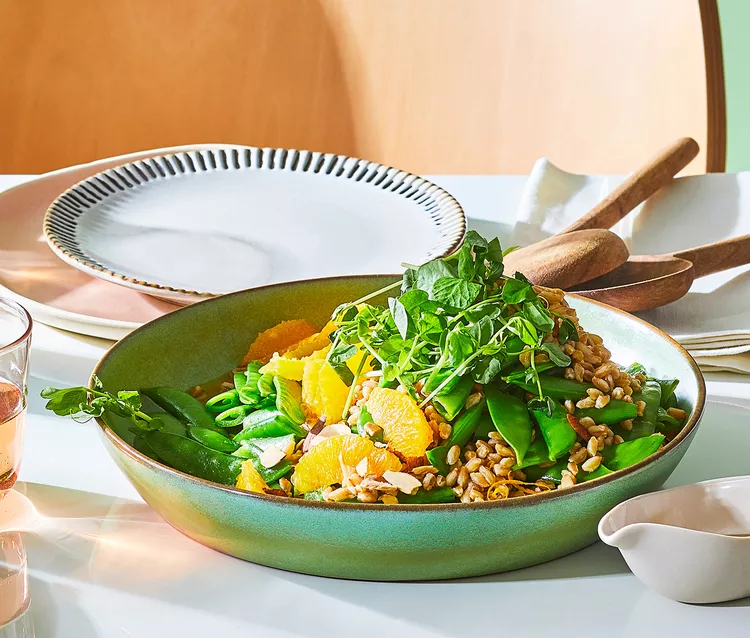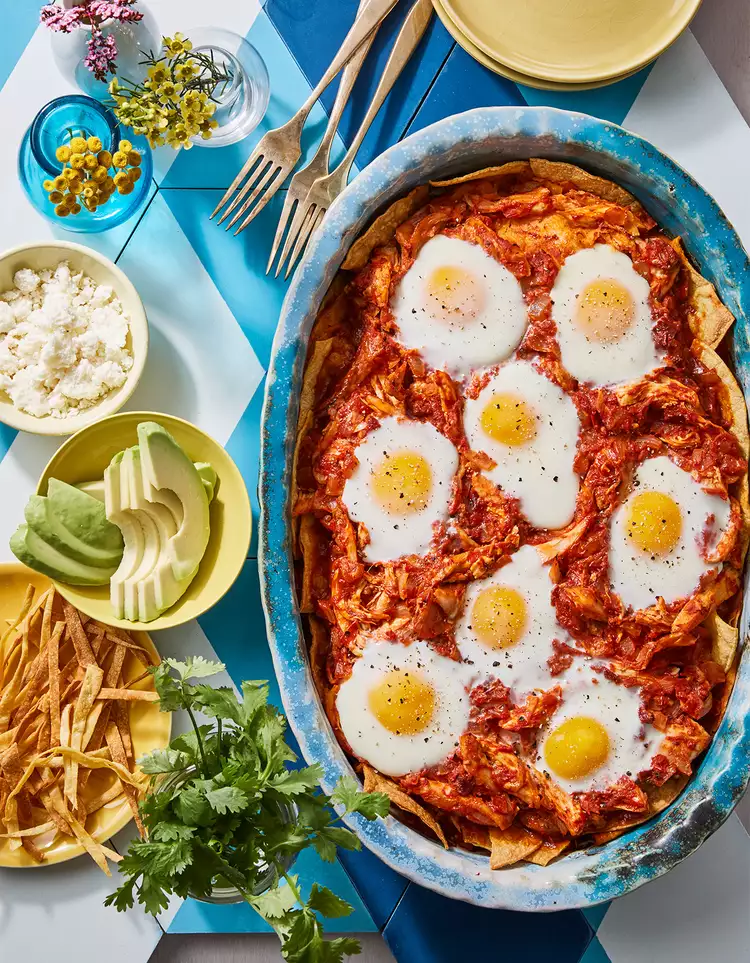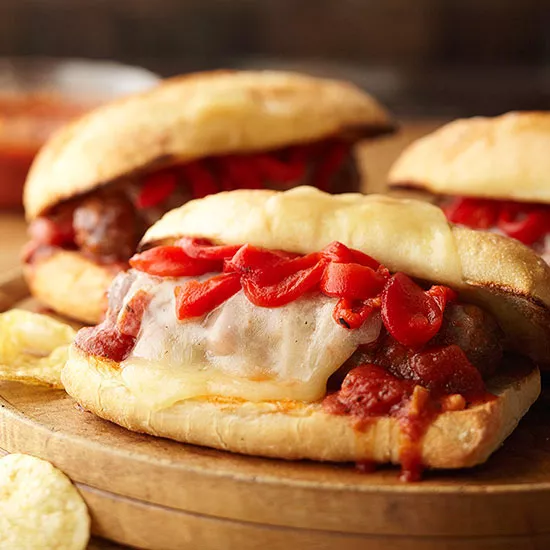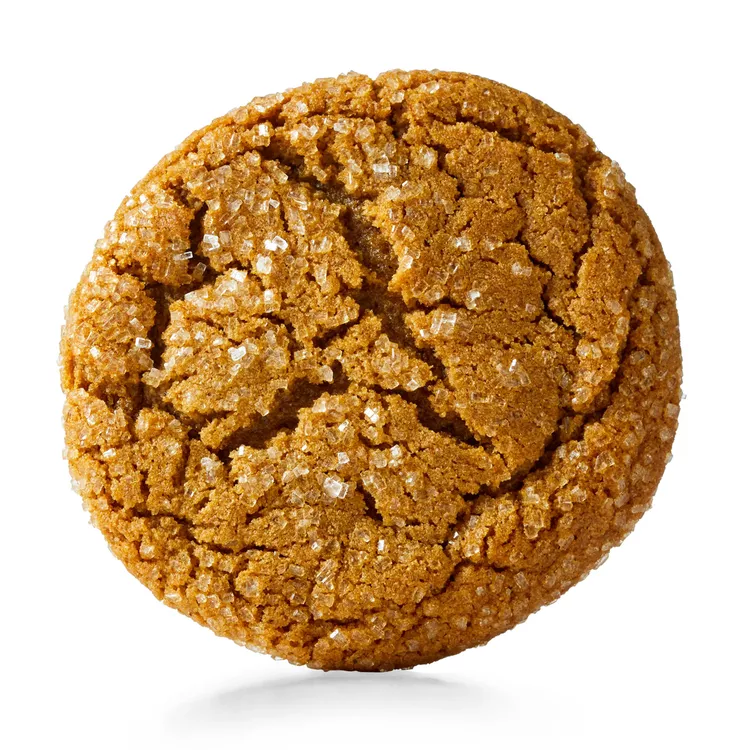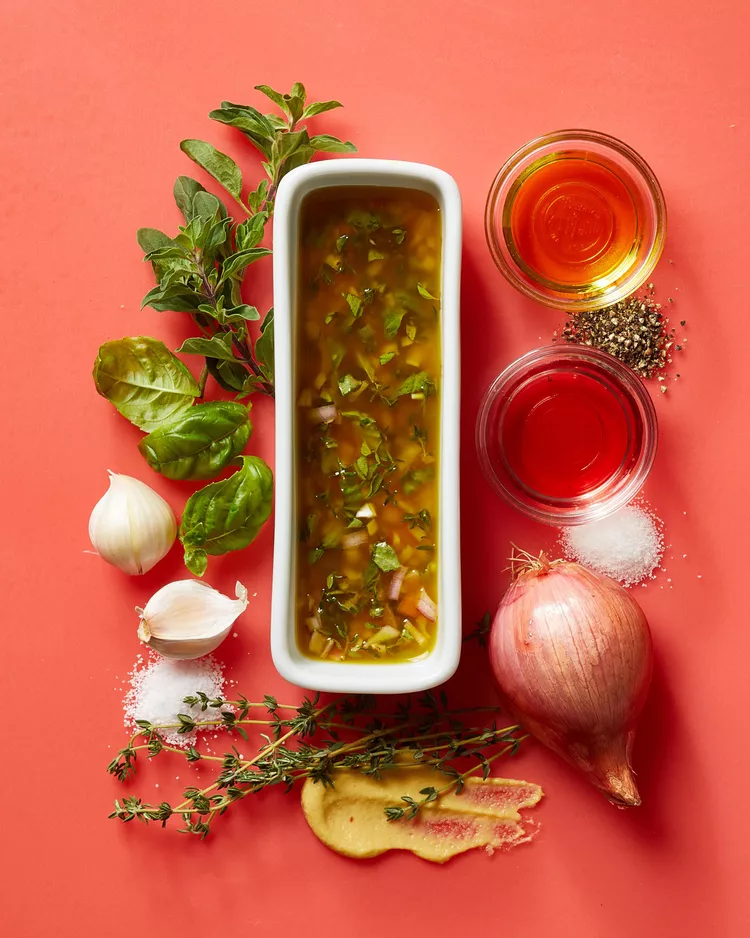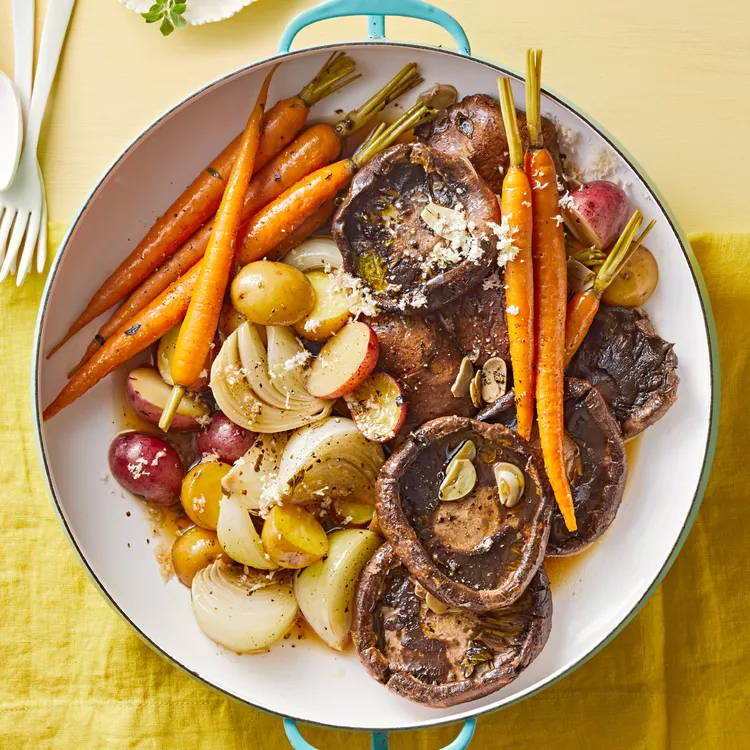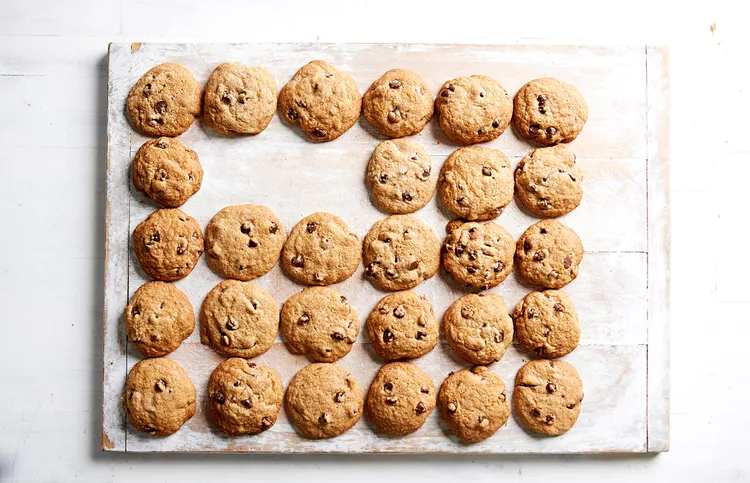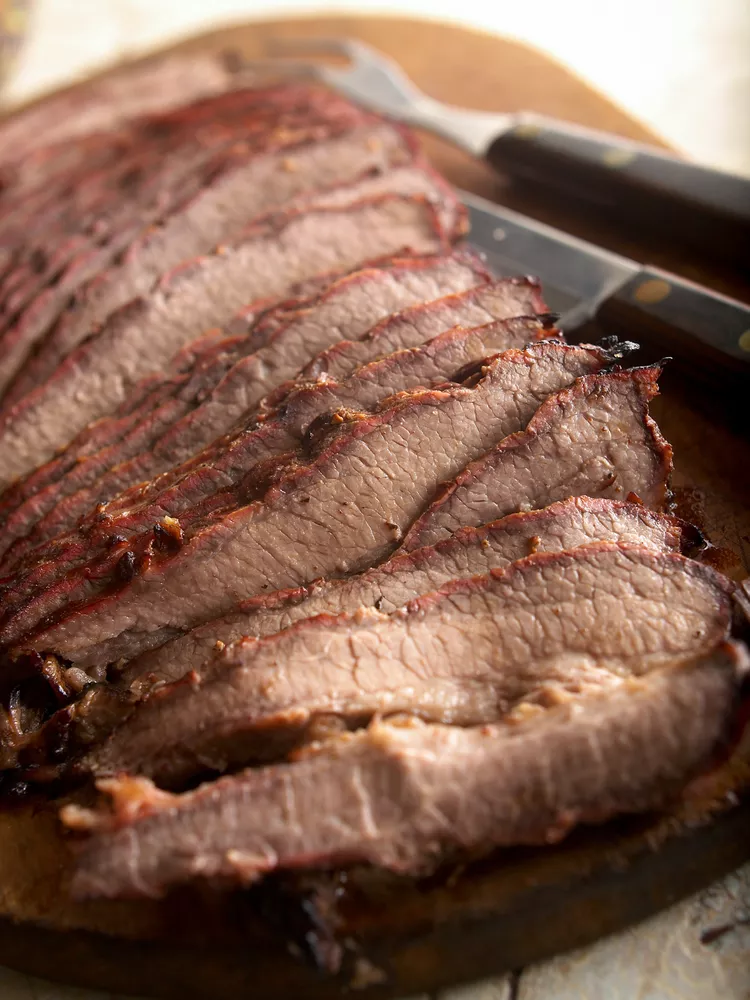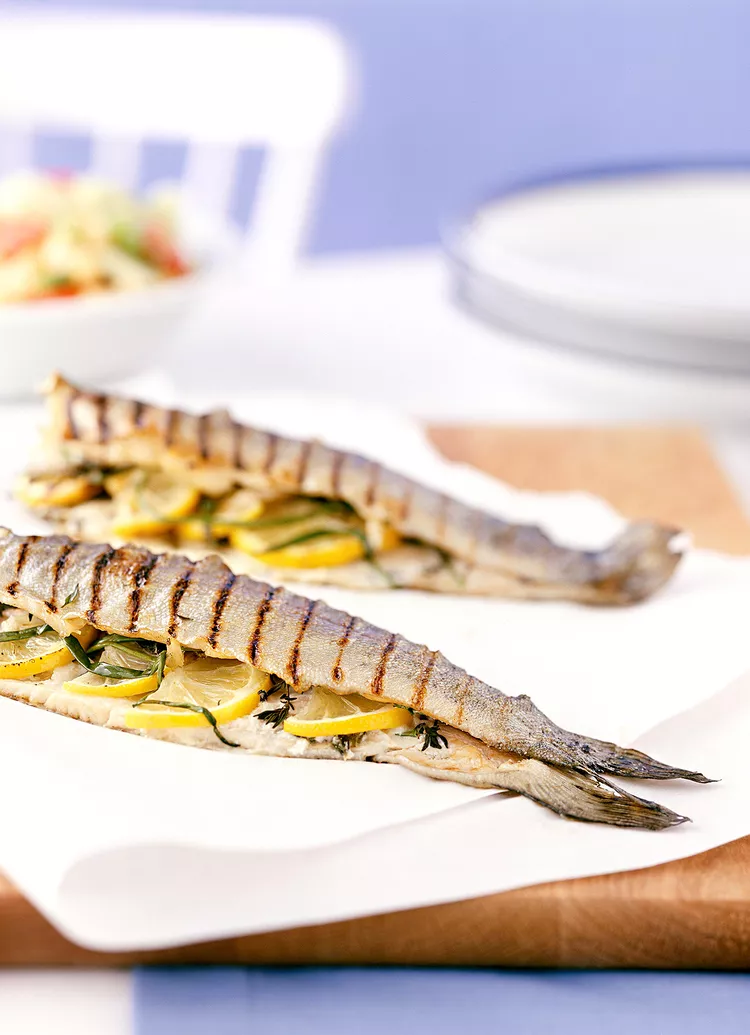Whether you fall on Team Sweet Red Wine or Team Dry Red Wine, chances are, you've been disappointed by a glass of red wine that doesn't meet your standards (or the price tag). We promise: You can find a good red wine at a reasonable price—and that will even win over white wine devotees and beer buffs.
Since dozens of vino varietals are available, choosing the best red wine for your palate can feel overwhelming. With this in mind, we're summarizing the essentials in this basic red wine guide. Read on to discover what might become your new favorite red wine, optimal serving temperature range, pairing tips, and more.
How Red Wine is Made
All red wines share certain qualities since they are made via the same process. To create reds, winemakers grow, harvest, and then ferment the grapes. During fermentation, the yeast eats the sugars in the grape juice and creates alcohol. After a set time of fermentation, some winemakers press the grapes to separate the skin from the juice. (Unpressed wine is called "free-run juice.")
Next comes aging, which may take place in oak, concrete, or stainless steel vessels. Before filtering, some wines are treated with a sulfur dioxide preservative or put through the process of malolactic fermentation to smooth out some of the bitter notes. After filtering, red wine is bottled and delivered to wine shops, restaurants, or your doorstep.
Red Wine Characteristics
Red wine shares a handful of common traits regardless of the type of grape used. These include:
- Color. Red wines are available on a spectrum from a light ruby hue to a deep, dark purple. Over time, red wines can appear more red-brown.
- Tannins. Also found in apple cider, apple juice, beer, and grape juice, this is the slightly astringent quality that can make your tongue feel a bit drier after taking a sip. Tannins are polyphenols that naturally come from the skins and seeds of the grapes. (Since these are removed early in white wine-making, you rarely experience tannins in white varietals.) Tannins add structure and texture to the wine, boosting its "ageability." Certain red wine types have more tannins than others, which tend to soften as the wine ages.
- Acid. In addition to acting as a preservative, acid in red wine imparts freshness, structure, and balance. Red wines higher on the acidity scale taste crisp and tart, while low-acid wines are rounder and smoother. (Low acid is probably better if you prefer sweet red wines.)
- Flavor notes. Different grape styles yield different flavors. Red wines pack a different punch than whites because of skin contact during fermentation. While white wines may taste like citrus or tropical fruits or have mineral characteristics, red wine flavors generally include some fruits (from sweet-tart cranberries to underripe strawberries to jammy cherries), flowers, herbs, spices, and earthy qualities. All of these flavors are natural, not added.
How to Serve Red Wine—Including the Best Red Wine Glasses and Red Wine Serving Temperature
You can make any wine taste like an expensive wine (or at least more expensive than its retail price would suggest) by serving it properly.
The Best Red Wine Serving Temperature and Storage Temperature
Red wines are best stored in a cool, dark environment that's around 55° F. Anything over 75° F can cause the wine to overheat and impact the flavor, while below-freezing temps can spell catastrophe for the bottle—and anything within exploding distance.
When it's time to open wine bottles, the best serving temperature is between 60° F to 65° F; too hot and the wine will taste overly boozy, too cold and the juice can err on the overly bitter or too-tannic side. If you don't have a temperature-controlled wine fridge and are storing your bottles in some place like a cool closet or cabinet, pop the wine in the refrigerator for 30 minutes before you plan to drink it, and it should be right on target.
The Best Red Wine Glasses
Oval and egg-shaped glasses with a bowl that narrows slightly at the top are excellent vessels for red wine. Most red wine glasses can hold between 10 and 22 ounces. The average pour is 5 or 6 ounces, so this extra space allows room to swirl and experience the aromas by the nose before sipping. There are two main styles of red wine glasses:
- Taller, tapered, and more narrow Bordeaux glasses—best for higher alcohol and fuller-bodied wines
- Wider, shorter Burgundy glasses—best for lower-alcohol and lighter-bodied wines
No matter what red wine glass you choose, look for stemmed options, then hold the glass at the stem rather than on the bowl. Your body temperature is much higher than your now-chilled wine, and holding the glass next to the wine itself can warm it too quickly.
Perhaps you've seen wine decanters and wondered about the dos and don'ts? Using a decanter is not scary—we promise. To decant any wine, open the bottle and pour the wine from there into the decanter. Allow the wine to breathe in the decanter for at least 20 minutes or more to allow the aromas and flavors to loosen up and shine. This is only necessary in three circumstances:
- If you have a big, bold wine and want to soften the tannins
- If you have an old wine and think there might be some sediment in the bottle (that you'd like to leave in the decanter rather than pour into the glasses)
- If you have a cheap wine that you're trying to aerate to make it taste like a more expensive wine
Every Type of Red Wine, from Light- to Full-Bodied
Wines are often categorized by body type, or by how heavy the wine feels on your palate when you take a sip. There are more than two dozen red wine types—and that's not counting red blends. So for a basic red wine guide and a beginner's course in wine 101, we're explaining the three main red wine types, plus the varietals that fall under each so you can potentially find a new favorite.
Light-Bodied Reds
Think of these as the best red wines for newbies or a "gateway" red wine. They're lightweight, refreshing, lower in tannins, and dreamy to drink sans pairing or with mushrooms, seafood dishes, cheese boards, and more. Grapes that are made into lighter-bodied red wines are often grown in cooler climates.
- Schiava
- Gamay
- Pinot Noir
- Grenache/Garnacha
Medium-Bodied Reds
Just bold enough and not overly heavy, medium-bodied wines are the Levi's of the wine world. They're timeless and crowd-pleasing, and they include flavors and aromas that will be a good "fit" for many different palates and occasions. Try medium-bodied wines with roasts and pastas, for holiday wine pairings, or on any weeknight that could use a little more spirit.
- Valpolicella
- Carmenère
- Carignan
- Cabernet Franc
- Mencia
- Sangiovese/Chianti
- Rhône blend (often Grenache-Syrah-Mourvèdre)
- Barbera
- Merlot
- Montepulciano
Full-Bodied Reds
With a tannic punch and often plenty of alcohol, too, these are the sturdiest, richest, and "coziest" of the bunch. The grapes that produce these red wine types are often grown in warmer climates. Full-bodied reds can stand up to hearty fare like steaks, roast beef, barbecue, and nutty or chocolate desserts.
- Zinfandel
- Tempranillo
- Nebbiolo
- Nero d'Avola
- Aglianico
- Malbec
- Cabernet Sauvignon
- Syrah/Shiraz
- Pinotage
- Petit Verdot
- Mourvèdre
- Touriga Nacional
- Petite Sirah
- Tannat
About Cooking Wine
When it comes to the best red wine for cooking, the main concern is the quality. Don't buy a "cooking wine" since those tend to have additives and preservatives. Any wine you enjoy drinking should be delightful to cook with—a $10+ bottle will be perfect. Most ruby-tinged recipes with wine call for "dry red wine." Cabernet Sauvignon, Merlot, Pinot Noir, and Sangiovese work wonderfully.
The No. 1 Tip for Red Wine Food Pairings
Rather than trying to memorize the best food pairings for your next dinner party or cheese pairings for your next happy hour, remember that any red wine you enjoy will be savored no matter what you put alongside it. So feel free to forget all the rules and drink what you enjoy with your goulash or Gouda!
That said, the best tip for red wine food pairings is "what grows together goes together." So if you're eating Italian cuisine, such as a marinara sauce-topped pasta, try it with a wine grown in that region, like a Sangiovese. For French fare like beef Bourguignon, consider a sturdy French Syrah.
To take it a step further, consider the strength of the flavors of your meal or snack. Full-bodied red wine pairings can stand up to heavier, denser dishes, while light-bodied reds play nicely with vegetables, white meat, and even seafood.
Tools for Maximum Wine Enjoyment
These items and implements are helpful to have if you're collecting wine or want to keep your wine fresh for longer. They also make great gifts!

